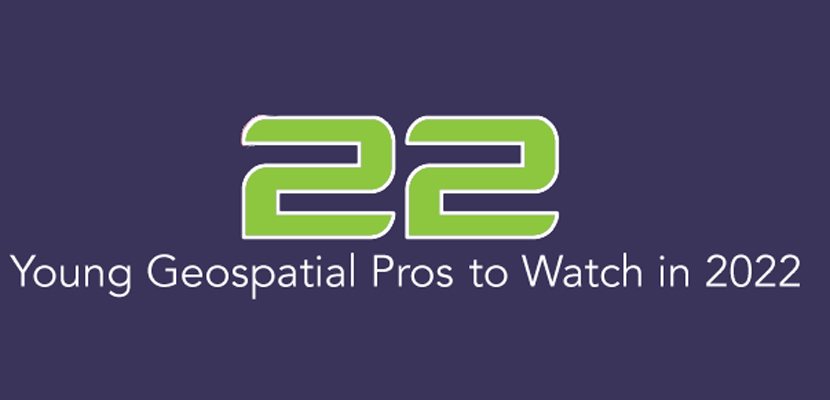Throughout January xyHt.com will feature the young geospatial professionals who are making a name for themselves in everything from surveying to geographic information systems. xyHt featured all of them in the January issue. Here we will spotlight one each day.
 Name: Michael Thomas
Name: Michael Thomas
Company: Woolpert
Current Position: Geospatial/Lidar Technician
Age: 25
Education: MS in Digital Mapping from University of Kentucky; Graduate Certificate in Geographic Information Science and Cartography, University of Kentucky; BA in Geology/Earth Science, College of Wooster
Biography: Michael joined Woolpert as a geospatial/lidar technician in 2019 after earning his undergraduate degree in Geology and Earth Science, has since earned his graduate certificate in GIS and cartography, and is earning his master’s degree in digital mapping. He has been an immense asset to the firm’s busy lidar team by helping process numerous U.S. Geological Survey deliverables and editing point cloud data and hydro breakline extraction. His work includes cleaning and editing classified LAS, bridge breaklines and hydro digitized linework. He also routinely performs quality control, ensuring Woolpert lidar products meet the latest specifications and achieve the highest accuracy.
Michael is a member of the American Society of Photogrammetry and Remote Sensing (ASPRS) and volunteers with the Early Career Professionals Council (ECPC). Both groups engage and mentor early career professionals, advocate continuing education, and encourage the dissemination of professional and institutional knowledge and standards through education, mentoring, and technical opportunities.
In his most recent projects, Michael has been processing lidar for work with the Air Force Civil Engineer Center (AFCEC). Dealing with a broader workflow, he manages the classification of calibrated LAS and the creation of final products. Those associated deliverables include bare-earth raster digital elevation models (DEMs), last return DEMs, digital surface models, ASCIIs, mosaics and intensities followed by accuracy reports.

